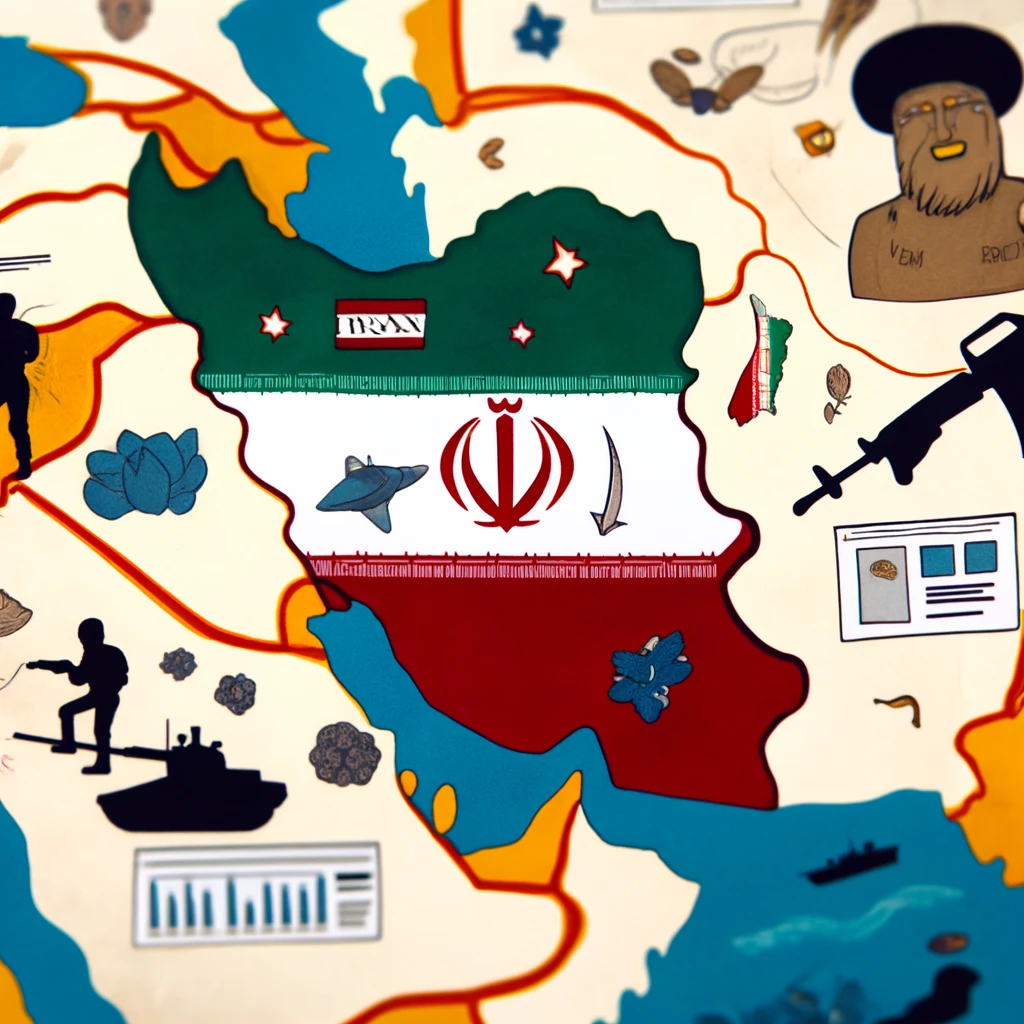The term “Axis of Evil” was first introduced by U.S. President George W. Bush in his State of the Union address in January 2002, following the September 11 attacks. This rhetorical flourish was used to describe governments that he believed were sponsoring terrorism and seeking weapons of mass destruction, namely Iran, Iraq, and North Korea. This concept has since played a significant role in shaping U.S. foreign policy and has had a profound impact on international relations.

The “Axis of Evil” speech marked a pivotal moment in the post-9/11 world, setting the tone for the U.S. approach to the “War on Terror.” This terminology not only underscored the Bush administration’s aggressive foreign policy stance but also justified various military and political actions on the grounds of national security. For instance, it prefaced the 2003 invasion of Iraq, which was defended with claims—later discredited—that Iraq possessed weapons of mass destruction.
The idea of an “Axis of Evil” also served to isolate the named countries from the international community, casting them as outliers in the global order. This labeling had particularly long-standing repercussions for Iran, which has been continually portrayed in parts of the Western media as a pariah state. Media engagements often depict Iran as an aggressive entity, particularly in the context of its nuclear program and support for proxy groups in the Middle East.
The portrayal of Iran in the media has often been influenced by this narrative. Western news outlets frequently focus on Iran’s nuclear ambitions, its involvement in regional conflicts, and its internal human rights issues, while less attention is given to the complexities of its politics and society. This skewed representation can lead to a one-dimensional view of Iran, simplifying a complex nation to fit the established narrative of the “Axis of Evil.”
The concept of the “Axis of Evil” has had implications for how the “War on Terror” is perceived and conducted. It has encouraged a dichotomous view of international politics, where countries and their actions are often seen in black and white terms. This perspective supports ongoing military engagements and sanctions as part of a broader strategy to combat terrorism and prevent the proliferation of weapons of mass destruction. Yet, this approach has also been criticized for oversimplifying complex international relationships and exacerbating conflicts rather than resolving them.
Moreover, the “War on Terror” itself, underpinned by the notion of an “Axis of Evil,” has raised questions about its effectiveness and morality. The unending nature of this war, with its shifting objectives and vague end goals, has led to extensive debates about its justification. Critics argue that it has resulted in significant civilian casualties, destabilized entire regions, and eroded civil liberties under the guise of security.
In conclusion, the term “Axis of Evil” and the subsequent “War on Terror” have deeply influenced global politics, media portrayals, and the international community’s engagement with countries like Iran. While intended as a policy tool to combat terrorism and prevent the spread of dangerous weapons, the ramifications of this approach have been complex and far-reaching. The binary worldview it promotes has often overshadowed the nuanced realities of international relations and continues to shape interactions with nations labeled as part of this axis. As such, the legacy of the “Axis of Evil” continues to be a contentious and influential force in global affairs.
Here’s the new illustrative map with Iran at the center, emphasizing its role and influence in the Middle Eastern region. The map incorporates symbols and elements that reflect Iran’s depiction in international media and its geopolitical interactions.
Illustration with the figure representing Iran wearing a simple dust mask, adding a layer of symbolism about protection and cautious diplomacy. The setting continues to depict the strategic chess game between the United States and Iran.
Map with Iran at the center, emphasizing its role and influence in the Middle Eastern region. The map incorporates symbols and elements that reflect Iran’s depiction in international media and its geopolitical interactions.